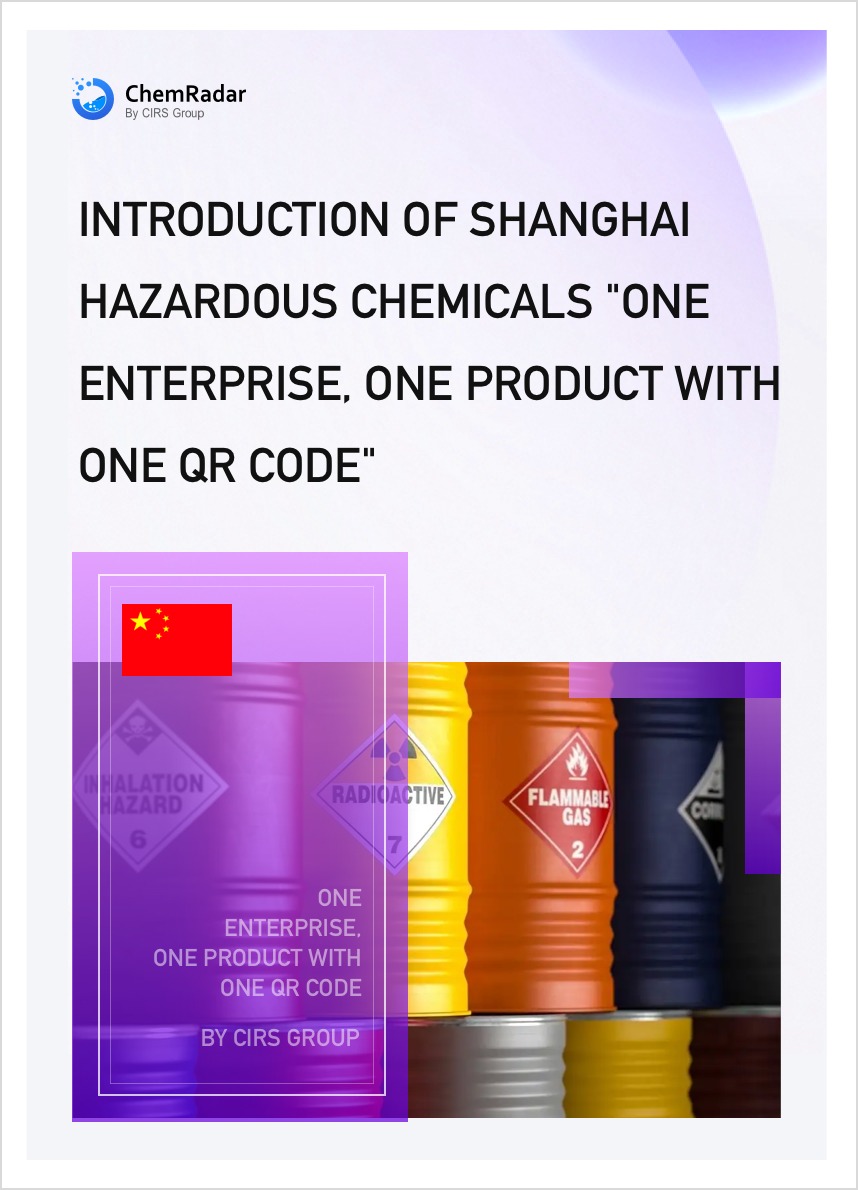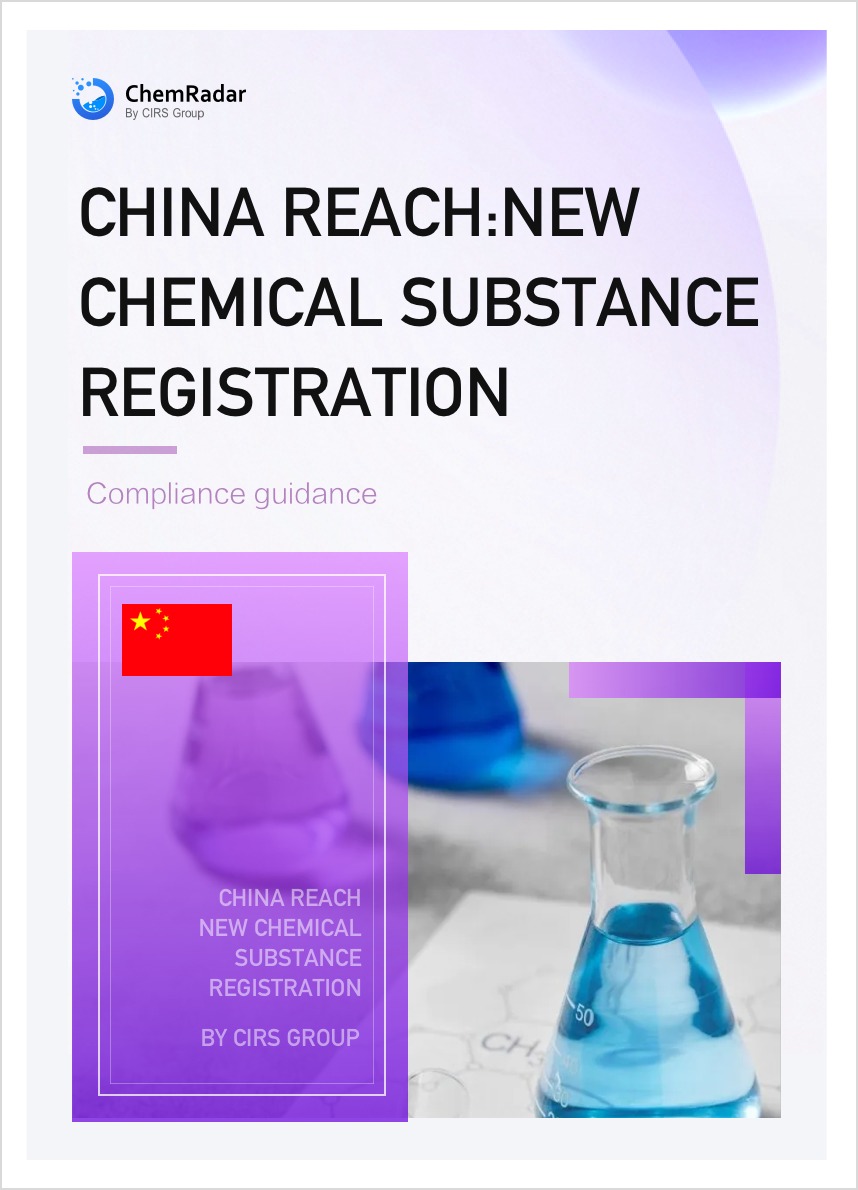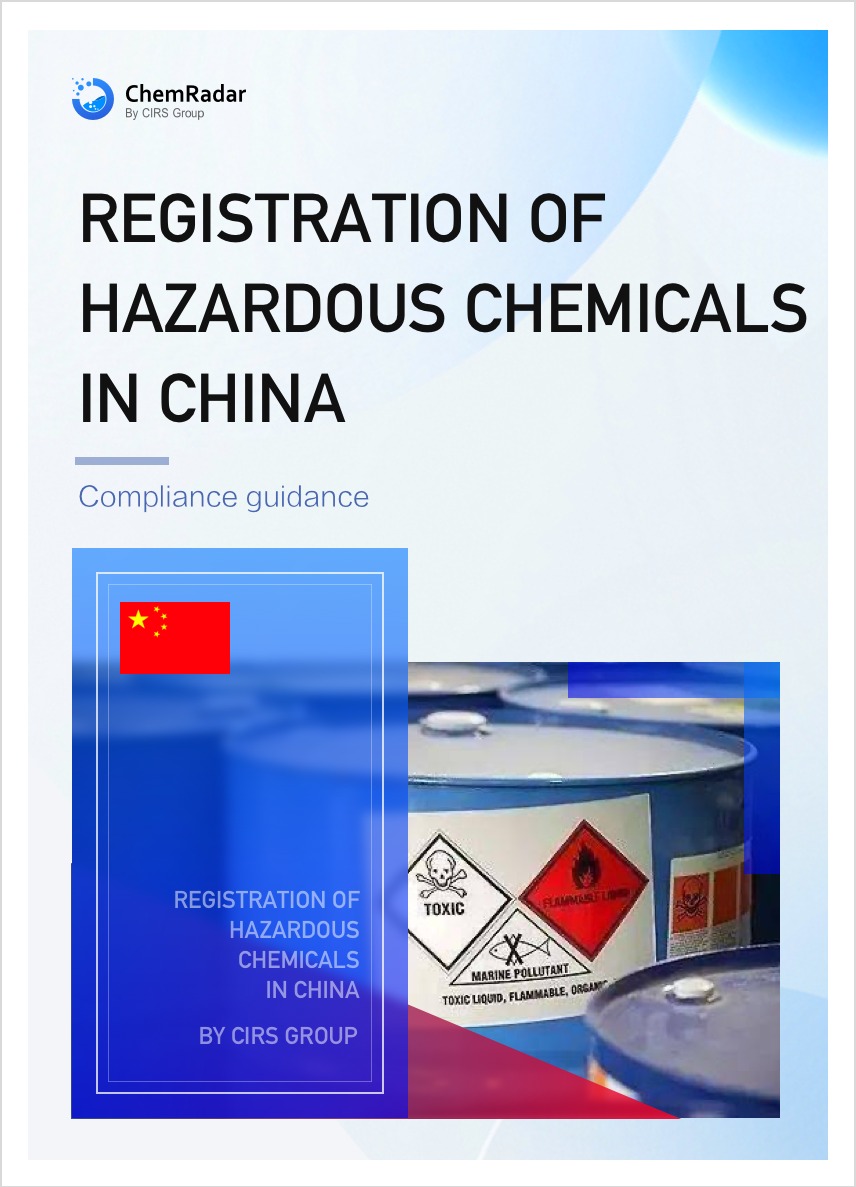On September 8, 2025, the second review draft of the Hazardous Chemicals Safety Law was submitted to the 17th Session of the Standing Committee of the 14th National People’s Congress for deliberation. The draft had previously undergone its first review during the 13th Session of the Standing Committee in December 2024. This latest review will incorporate public feedback to further refine the draft.
Suggestions and Feedback
- Public Participation in Reporting Hidden Risks
It has been suggested that content encouraging organizations and individuals to report potential safety hazards be added. The relevant clause would be revised to state:
Any unit or individual has the right to report acts violating this Law or potential safety hazards to the department responsible for the supervision and management of hazardous chemicals safety. People’s governments at or above the county level and their relevant departments shall, in accordance with the law, reward those who report illegal acts or major hidden dangers, and strictly keep confidential the information of whistleblowers and reporters.
- Expanding the Scope of Supervision
Aside from chemical enterprises, other entities such as enterprises, schools, scientific research institutions, medical institutions, testing, and inspection agencies may also use hazardous chemicals. It is recommended that supervision over the use of hazardous chemicals by these entities be strengthened. Relevant departments of people’s governments at or above the county level shall, according to their respective responsibilities, strengthen the supervision and management of the use of hazardous chemicals by units including enterprises, schools, scientific research institutions, medical institutions, testing agencies, and inspection agencies.
- Strengthening Safety in Transport of Hazardous Chemicals
Given the significant risks associated with road transport of hazardous chemicals, improved supervision measures and stricter enforcement are recommended. Vehicles transporting hazardous chemicals must not obscure or remove warning signs. They must be equipped with satellite positioning monitoring devices that comply with national and industry standards, ensure these are in good working condition, and must not interfere with their normal operation by means such as signal shielding.
Six Major Revision Directions
Based on feedback from various stakeholders, the second review draft proposes the following key amendments:
- Explicitly stipulate that the state shall establish and improve a hazardous chemicals catalog management system.
- Specify that hazardous chemicals safety management shall implement the holistic approach to national security, balance development and security, and prevent and mitigate major safety risks at the source.
- Encourage units and individuals to report hidden dangers and give rewards in accordance with the law.
- Strengthen supervision by relevant government departments over the use of hazardous chemicals by entities in their respective industries and fields.
- Clarify the application of this Law and relevant regulations on the transport of dangerous goods.
- Improve supervision measures for the road transport of hazardous chemicals and enhance oversight.
Background
As a major global producer, user, importer, exporter, and consumer of hazardous chemicals, China has a large-scale industry covering extensive sectors. However, the current work safety situation remains severe. The existing regulatory framework is inadequate for addressing the whole-process, multi-stage safety management requirements, necessitating specialized legislation to enhance safety governance capabilities. The draft regulates the registration and identification, planning and layout, production and storage safety, use safety, operation safety, transport safety, safe disposal of waste, emergency rescue for accidents, and legal liabilities pertaining to hazardous chemicals in the People’s Republic of China. It aims to establish a safety supervision system covering the entire lifecycle and applies to the safety management of the production, storage, use, operation, and transport of hazardous chemicals.
Key Content
- Employees of hazardous chemicals units must receive education and training, and can only start work after passing assessments.
- Electronic identification and whole-lifecycle informatized management and monitoring shall be implemented for hazardous chemicals.
- Producers and importers of hazardous chemicals must provide Safety Data Sheets (SDS) and labels that match the hazardous chemicals they produce or import; failure to provide correct information will result in penalties.
- Exemptions from hazardous chemical registration are granted for those with low quantity, low release, or low exposure during R&D, trial production, or test marketing.
- No unit or individual may engage in activities involving chemicals with undetermined hazardous properties without authorization.
- Hazardous chemicals units shall implement a comprehensive work safety responsibility system and strengthen safety risk management and hidden hazard investigation and control.
- Units generating waste hazardous chemicals must formulate hazardous waste management plans and establish hazardous waste management records in accordance with relevant state regulations.




